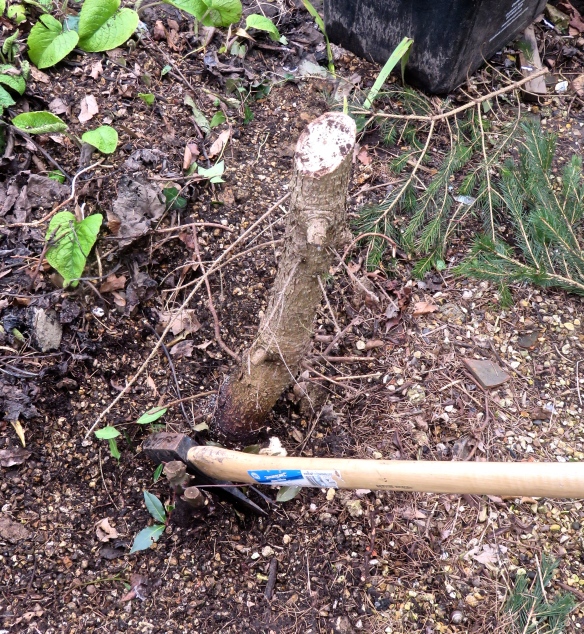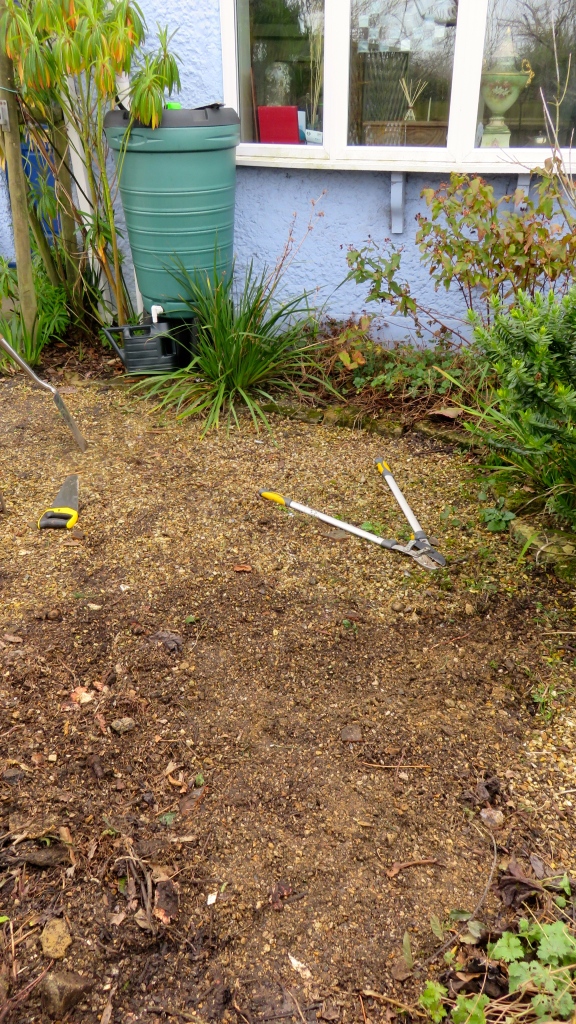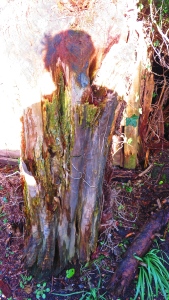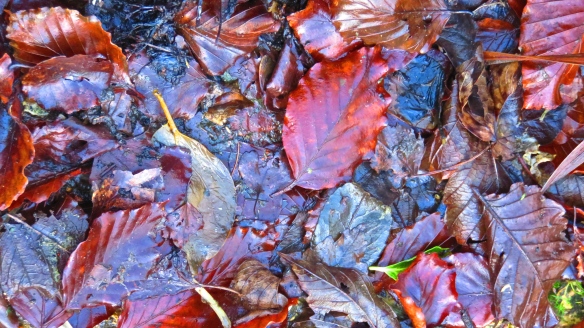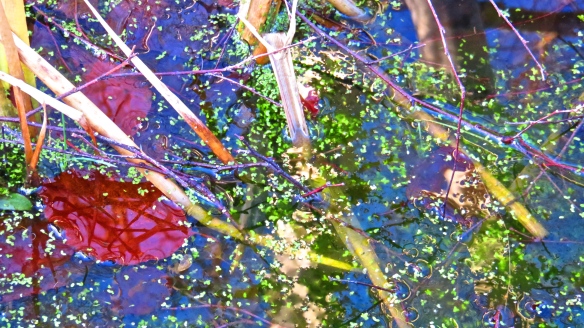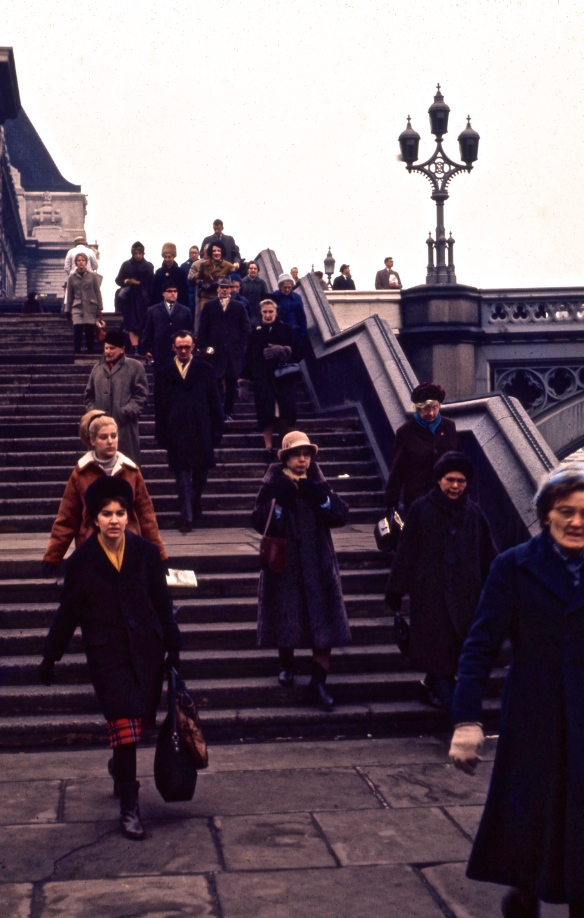CLICK ON IMAGES TO ENLARGE. THOSE IN GROUPS ACCESS GALLERIES THAT CAN BE VIEWED FULL SIZE.
Memo to self:
‘Never shop at Tesco’s late on a Friday morning. Remember. Because of the congestion, you will never be able to move faster than a plod. Especially when you have driven a short distance having cleared ice from the car windows, you will find that you are wearing too many layers for the oppressive atmosphere. The trolley could pass as a dodgem car. Other drivers will mostly be too old or infirm to be granted a licence; except, that is, for the toddler in the store-supplied pedal vehicle towing his Grandma’s basket on wheels. Facing an oncoming loader stacked with products for filling shelves will be like attempting to avoid an out of control container vehicle. Deft footwork will be required to avoid lasting bruises.
Especially if you are tagging along in a junior mate’s capacity, and you are unfamiliar with the layout you will not feel you are much use. When dispatched to collect specific items, at first you will need to find the relevant aisle. Even if you then find the right brand, you will probably bring the wrong size or the wrong amount back to the Caterer in Chief, and have to retrace your steps to return and replace the item. That is after you have managed to find your lady with her trolley in any one of the countless number of avenues of shelves.’
In case anyone thinks I exaggerate, when faced with an oncoming wheeled tower with apparently no driver, I, at one point, had to choose which elderly woman’s loaded trolley to treat as a bumping car. Fortunately, there was a staff member pushing the container, around which she peered, and applied her brakes. At that moment the toddler pedalled around the corner. The employee had the good humour to be amused when I asked if her employers had trained her on the dodgems.
This afternoon I scanned another batch of negatives from May 1986. Some of these have appeared in earlier posts, but were made from prints of which I thought I had lost the negatives.
I believe this first group was taken at Tooting Common, where Sam and Louisa enjoyed climbing frames, sandwiches, and ice creams. Would gravel be permitted under these structures in our safety-conscious era today, I wonder? I am not sure whether the bicycle was Louisa’s birthday present.
Our first clematis Montana was grown at our home in Gracedale Road,
barefoot on the concrete back steps of which Sam, admired by his sister, undertakes an important piece of carpentry.
Perhaps Jessica took this photograph of me at a party somewhere.
This evening we dined at Lymington’s Lal Quilla, where we received the usual friendly and efficient service with first class food. My main meal was prawn Ceylon; Jackie’s was chicken bhuna; and we shared Kashmira pilau rice, garlic naan, and sag bahji. We both drank Kingfisher.















